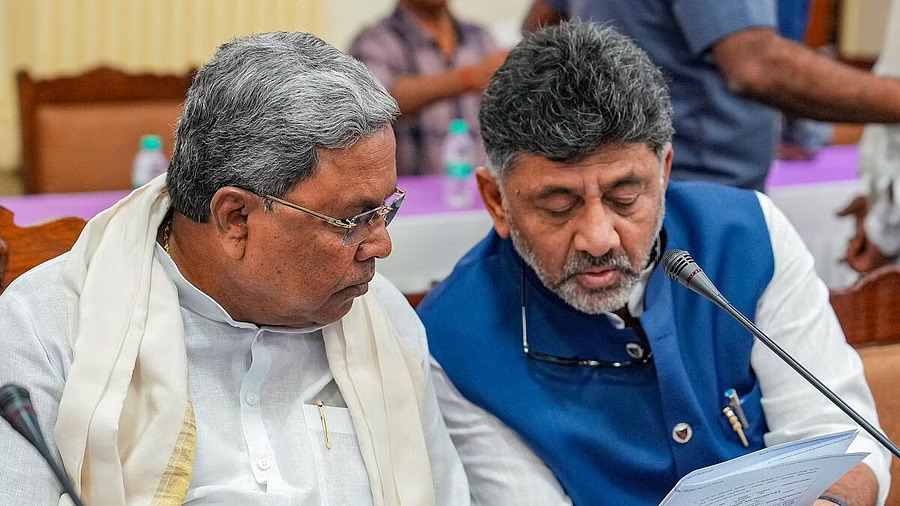In a noteworthy development within the Karnataka Congress, internal discussions are heating up regarding the demand for more Deputy Chief Ministers, adding a layer of complexity to the party’s power-sharing dynamics.
The call for additional Deputy Chief Ministers comes from within the party, with several members pushing for broader representation and influence within the government. The demands highlight the need for equitable distribution of power and responsibilities among key party members.
As deliberations intensify, the Congress leadership is navigating the delicate task of managing aspirations and balancing representation while maintaining unity and coherence within the party. The discussions reflect the evolving nature of politics, where various factions and interest groups seek a significant role in governance and policy-making.
The demand for more Deputy Chief Ministers raises questions about governance efficiency, the optimal number of deputies, and the extent to which power-sharing contributes to effective administration. Striking the right balance between representation and streamlined decision-making remains a key challenge for the Congress party.
Political analysts are closely observing how the Congress addresses this internal matter and whether it leads to a formal restructuring of the party’s leadership or policy dynamics. The outcome of these discussions will undoubtedly shape the party’s trajectory in Karnataka and influence its strategies leading up to the upcoming elections.
As the Congress grapples with these internal demands, it faces the task of maintaining party cohesion and effectively utilizing its talent pool to serve the interests of the public while also positioning itself favorably in the state’s political landscape.









